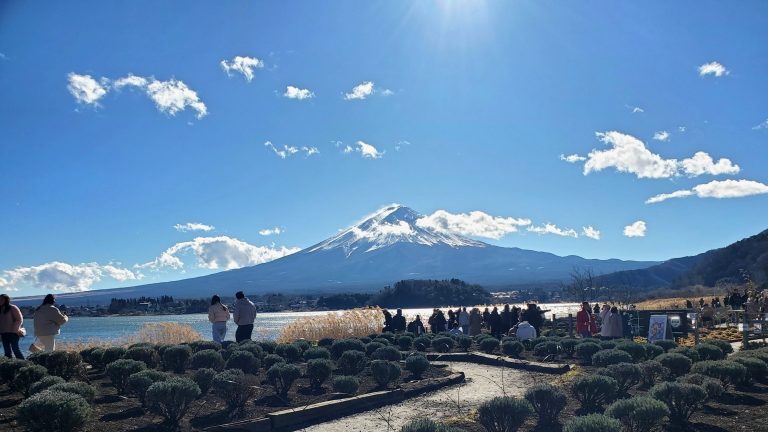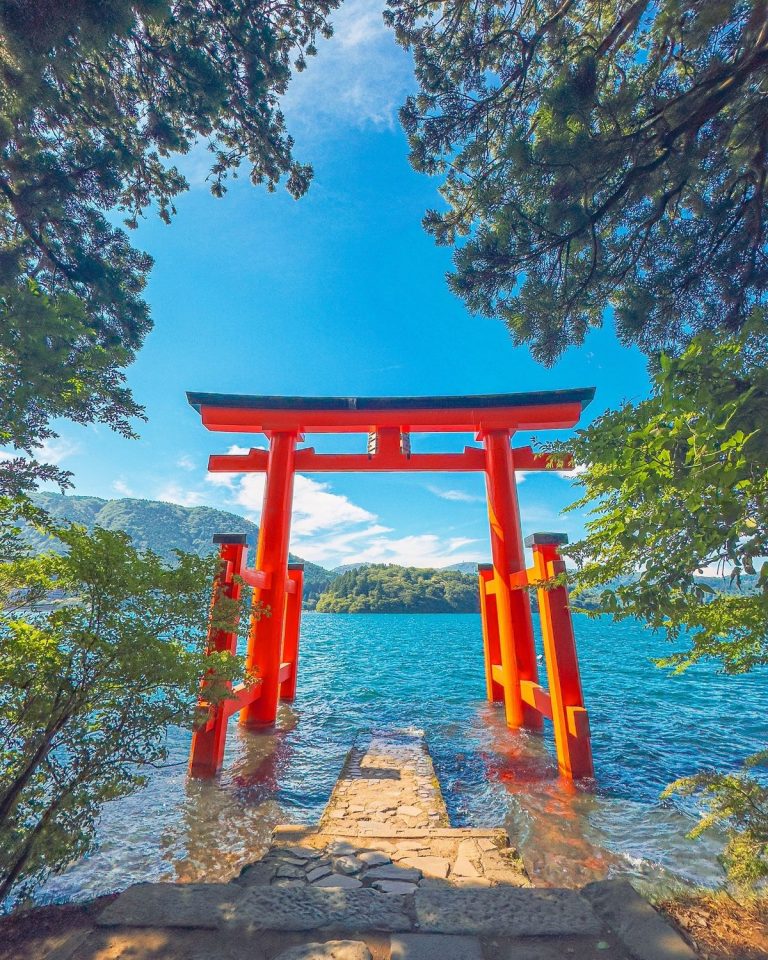Private Tea Ceremony in a Machiya
A private tea ceremony in a restored machiya is an intimate, slow ritual where every movement and utensil carries meaning; you’ll sit on tatami, taste matcha, and learn the seasonal symbolism behind each gesture. These private sessions feel like a living classroom — gentle, precise and unexpectedly moving — and are perfect for travelers who want cultural depth rather than just sightseeing. Small-group or solo bookings let you ask questions and experience the ceremony at a respectful pace.
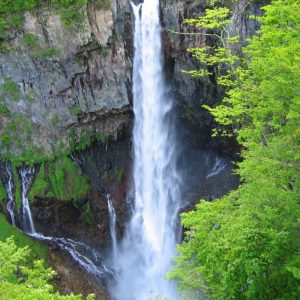
Morning Sumo Practice
Watching morning sumo practice inside a beya gives you up-close access to the discipline, hierarchy and daily routine behind tournament spectacle — it’s loud, physical and ritualized in ways that feel elemental. Visits are limited and often require advance coordination through a guide or agent, but the reward is an intimate view of athletes training, chanting, and tending to rituals you won’t see from the stands. Expect strict etiquette and quiet respect while in the stable.
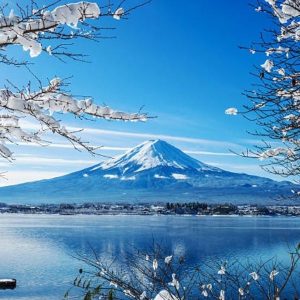
Stay in a Ryokan
A night in a ryokan is full-sensory: tatami rooms, a multi-course kaiseki dinner, polite service, and hot spring bathing that relaxes both body and travel stress. Choosing a ryokan with onsen (private or communal) transforms simple lodging into a cultural ritual — you’ll learn onsen etiquette and savor seasonal flavors in courses presented like art. This immersive overnight is an essential counterpoint to city hotels and creates lasting memories.
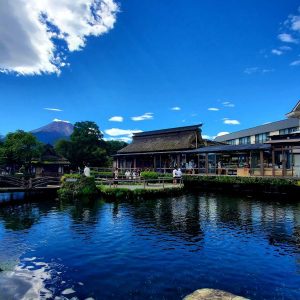
Night Food Crawl
Japan’s evening alleys stitch together tiny yakitori counters, ramen shops and hidden izakaya into a single delicious thread — a guided food crawl unlocks the best stalls and avoids tourist traps. Moving with a local guide means you taste the stalls that only regulars frequent, learn dish names, and discover late-night favorites across tight, atmospheric alleys.
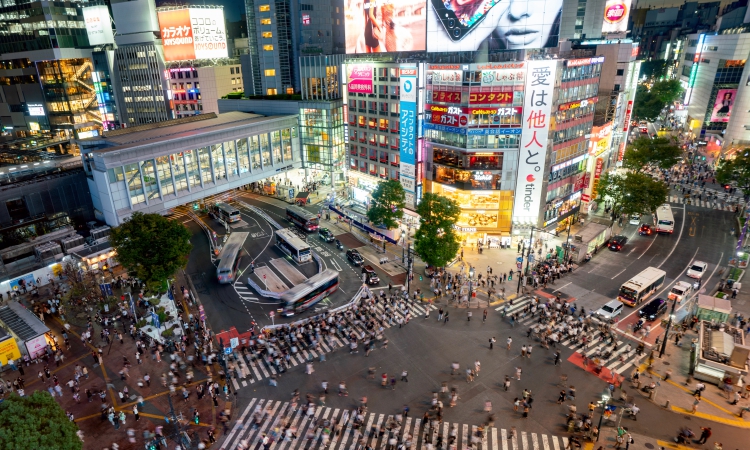
Forest Bathing (Shinrin-yoku) & Temple Meditation
Shinrin-yoku is a guided sensory walk through cedar and beech forests designed to slow your breathing, sharpen senses and reduce stress; paired with a short temple meditation it becomes a restorative cultural practice. These sessions emphasize quiet observation over hiking speed, and many guides incorporate breathing exercises and mindful stops to notice scent, texture and light. The result is a calm, grounded half-day that contrasts sharply with city touring.
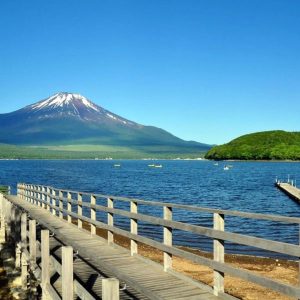
Artisan Workshop: Pottery, Indigo Dyeing or Sword Polishing
Hands-on craft workshops let you touch the material culture of Japan: shape clay on a wheel, fold indigo patterns, or watch a polish restore a blade’s mirror finish — each studio visit is both creative and educational. Local artisans often welcome curious visitors, explaining techniques passed through generations, and many studios will ship finished pottery home if you can’t carry it. The best workshops balance instruction with time for experimentation, so you leave with a keepsake and a story.
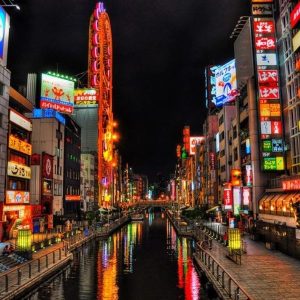
Early-Morning Shrine Walk
Arriving at a shrine at dawn — before crowds and tour buses — yields quiet light, near-private pathways and the chance to watch local rituals or morning priests in peace. This practice rewards patience: early hours bring soft backlight and a contemplative atmosphere that deepens the shrine visit. Keep your voice low and move gently to preserve that calm for worshippers.
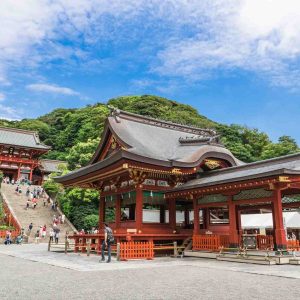
How many days to spend in each
Suggested minimums depend on travel style: for a first-time visitor who wants a good overview, 3–5 full days in Tokyo let you sample 4–6 neighborhoods, a museum or two, and one or two nearby day trips. Kyoto’s highlights can be seen in 2–4 full days enough for major temples, a tea ceremony, and a walk through Gion — but to appreciate the quieter corners and day trips (Arashiyama, Uji) add more time. If your trip is two weeks you can give each city a comfortable chunk of days (e.g., 6 days Tokyo, 5 days Kyoto, with day trips sprinkled in). Shorter trips require tradeoffs choose neighborhoods in Tokyo wisely or focus on a few must-see temples in Kyoto rather than trying to cram everything in.
Final Recommendation
There is no single “right” order only the order that suits your flight logistics, energy level and travel priorities. If you want to leap into modern Japan’s hustle and have easy flight options, start in Tokyo. If you prefer a gentle, historically rich opening to your trip with Kyoto’s calm and ceremonial moments, start in Kyoto. Because the Shinkansen links the two so efficiently, many travelers simply plan to visit both and let the sequence serve a broader narrative: calming tradition then brilliant modernity, or vice versa. Pick the order that best preserves your energy and curiosity and remember that both cities will welcome you with world-class experiences.

